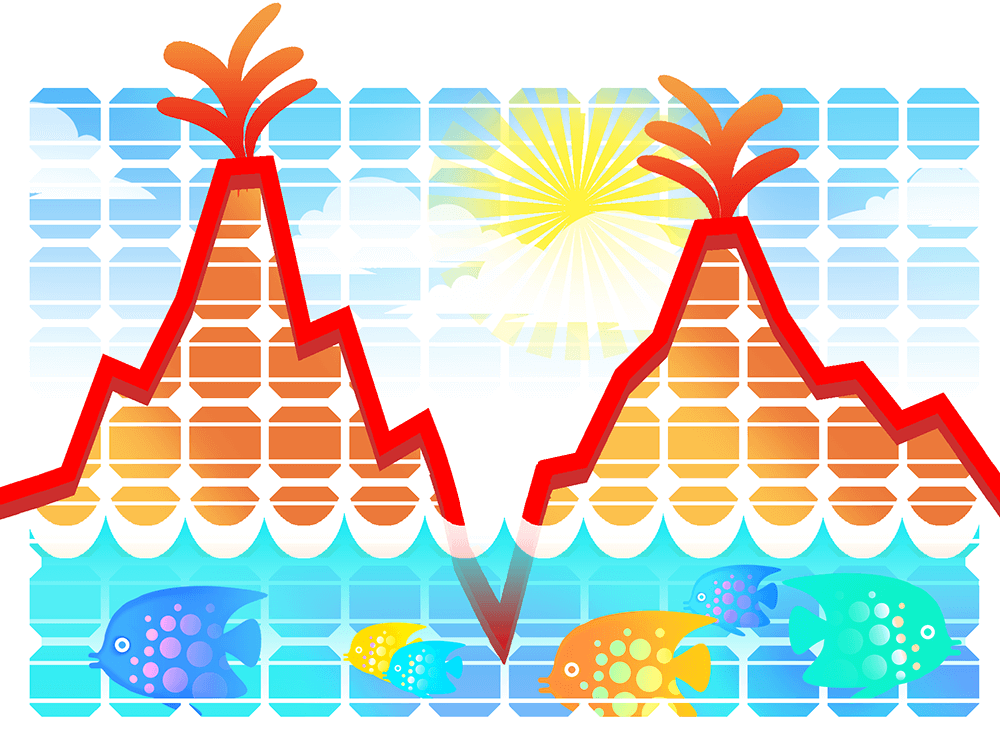Paying for Solar: Power and Grid Flexibility

According to an EPRI Quick Insights paper, a new approach for purchasing solar power generation in Hawaii offers potential to enhance grid flexibility while reducing financial risks for plant owners.
With many solar power purchase agreements (PPAs) today, utilities pay plant owners per kilowatt-hour of output, which can result in reduced payments for owners when the utility needs to curtail output for grid balancing.
As part of its plans for eight solar facilities totaling 275 megawatts coupled with battery energy storage, Hawaiian Electric has developed a new PPA structure in which it pays plant owners a monthly lump sum (regardless of energy output) in return for utility control. This enables the utility to dispatch the solar and storage as needed for flexible, reliable grid operations while reducing the owner’s financial uncertainty associated with curtailment. The agreement also provides financial incentives to keep plants well-maintained and available for dispatch, based on performance metrics. If these are not met, the monthly payment is reduced. Six of the facilities have been approved by the Hawaii Public Utilities Commission.
Hawaii’s power prices are relatively high because the islands rely to a significant extent on imported petroleum for power generation. These solar-plus-storage projects are anticipated to decrease petroleum- and coal-based electricity consumption and stabilize prices for customers. The PPA prices (based on the lump sum payment divided by the plant’s expected output) range from 8 to 12 cents per kilowatt-hour—significantly lower than the cost of fossil fuel generation on the islands (about 15 cents per kilowatt-hour).
“As solar and storage costs decline, the experience gained from these power plants and innovative PPA structures is likely to carry into other projects around the world,” said Robin Bedilion, EPRI senior project manager and the paper’s author. “We expect to see a continued shift toward novel PPA structures as renewables become larger contributors to the grid.”
Key EPRI Technical Experts:
Robin Bedilion
For more information, contact techexpert@eprijournal.com.
Artwork by Kirk Anderson

